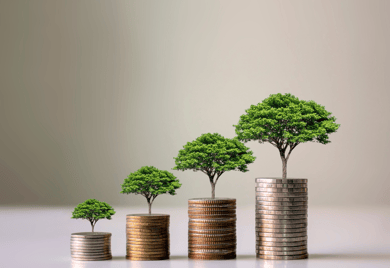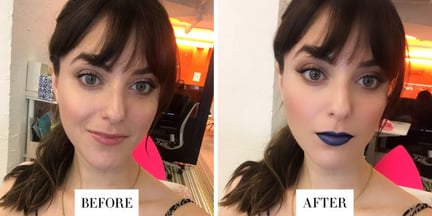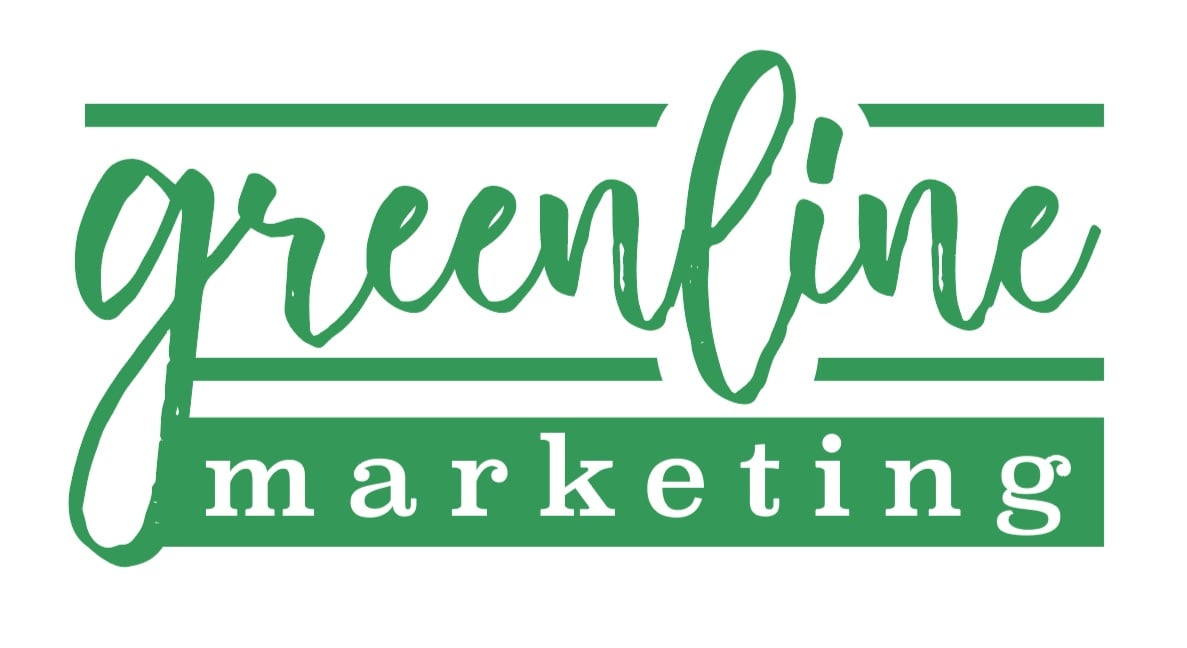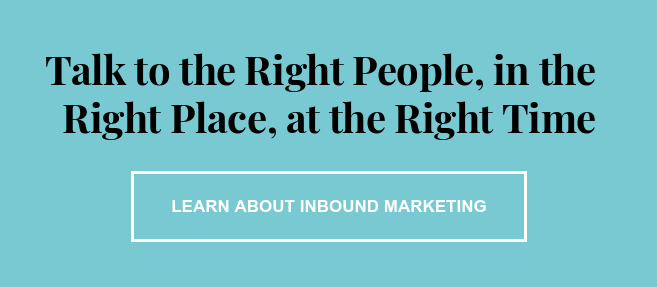FOMO, we all get it sometimes. No one wants to miss out on what’s going on around them both in real life and on social media. Ephemeral content creatively capitalizes on this feeling. 56% of people are afraid of missing out on events, news, and other important status updates if they are away from their phones. It’s no coincidence that 51% of people visit social media more often than they did two years ago.
What Does "Ephemeral" Mean?
Ephemeral Content

Ephemeral content is unique and timely content that disappears after a certain period of time. Content is typically visible for 24 hours on most platforms. After that 24 hours, the content is not available. Instagram's story features have 500 million daily active users, with WhatsApp being close behind with 450 million daily active users. Ephemeral content allows for a more authentic and ‘in-action’ mix of photos and videos.
Ephemeral Marketing
FOMO (fear of missing out) is what makes ephemeral marketing more successful in campaigns and it translates directly. Ephemeral content marketing shows some of the highest online engagement rates. This type of content has a fast pace and if you don’t check frequently, you’ll miss something. If you want your audience to act fast, ephemeral content can be a great tool to use. Ephemeral marketing campaigns take ephemeral content a step further by encouraging the audience to act fast through a CTA - buy, enter, learn more, etc. - while allowing the brand to be authentic.
The Rise in Ephemeral Content
Snapchat was the first platform built entirely around an ephemeral content premise. Here we are 11 years later and the platform not only has 293 million daily active users with 4 billion snaps shared per day, but also has influenced major platforms like Facebook, Instagram, and most recently TikTok in developing ephemeral content elements in their platform. Ephemeral content has a spontaneous feel to it because the pressure is taken off with the idea that it will disappear after 24 hours.
Ephemeral content didn’t take off overnight - even though the content on it may. Ephemeral content was the biggest social media buzz of 2018 when major social media platforms adopted ephemeral marketing tactics to hook their audiences. Ephemeral content has continued to grow in the last 4 years because of the successful ways it can compel audiences at the snap of a finger.
How & Why Ephemeral Content Works
The short answer is FOMO. But what’s behind the acronym?
We’ve all likely experienced wishing we could be in more than one place at a time. As summer comes around and college students flock home for the summer, many of them, and maybe even you at some point, wish that they could be making money at a summer job and hanging out with friends, but you can’t spend all summer with your friends and all summer working -you have to balance it. The great debate of a work/life balance - we just can’t be, do, see, or experience it all.

FOMO is experienced by about 56% of social media users. They are afraid of missing out on something important if they stay away from social media platforms. FOMO marketing plays on this feeling of opportunities that you don’t want to miss out on. It works best when content has a quicker turnaround, so you don’t have as much time to contemplate, and you become more spontaneous. This form of marketing is where you leverage the consumer's desire to grab every opportunity that comes their way.
Imagine seeing an Instagram ad for a product you’ve been dying to get your hands on for a while, and it’s a deal for 50% off… this weekend only. Or you have something in your digital shopping cart and you get a notification that there are only 2 left in stock, or the 530 people have recently purchased the item. That’s a type of ephemeral - or FOMO-focused - marketing at its finest. This strategy creates a sense of urgency that makes you more apt to buy the product. Your aim is to ensure that your audience buys on impulse rather than having to regret why they didn’t buy later.
But why does FOMO create so much buzz? Science backs the experience of FOMO. Naturally, human beings have the tendency to worry about “missing out” because we are a risk-averse species. Risk aversion is our preference for certainty over uncertainty. It’s in our nature to lean towards a sure outcome over a gamble, even if it's possible there might be a higher or equal expected value. Our instincts tell us to play it safe and stay connected.
What Marketing Tactics are Considered "Ephemeral"?
Stories
Stories are the most common form of ephemeral content out there today. There are many new developments and capabilities within stories across all platforms that provide a more interactive and engaging experience for the audience. Stories are great because they feel a lot more casual to viewers. The style of stories creates a more laid-back tone because stories act as a way for people to see what their friends are up to. In fact, the average Instagrammer spends around 30 minutes a day checking in on their friends through their latest story updates.
Texting
Snapchat, WhatsApp, and Instagram are the forerunners when it comes to ephemeral messaging. Snapchat launched this idea first, but WhatsApp and Instagram hopped on the bandwagon and all have seen success in the updated chat settings. This feature allows messages to disappear after 24 hours. In marketing, this can be used to create a sense of urgency when talking about limited-time deals, sales, and other offerings. With text messages, the average response time is 90 seconds. Because they are already placed on a pedestal above other notifications and your message can be seen directly from the lock screen on a user’s phone, it’s the easiest place to catch their attention with an offer they don’t want to miss out on. Many brands have also begun leveraging this within apps with digital weekly coupons, member sales, and so much more.
Live Video

Instagram, Youtube, Facebook, and TikTok all have the option to stream real-time content. This is a great way to show your brand personality and for your audience to truly get to know you. Live video also engages the audience through real-time interactions in their ability to react and comment in a way that will automatically be seen by you and other viewers. There is a conversational feel to a lot of live videos because of this. 80% of shoppers prefer watching live videos to reading blogs from a brand. Ephemeral content accomplishes the element of real-time response that is similar to a face-to-face conversation, very few if any, other types of content are successful at implementing this.
Filters
Geotag and other types of filters are another great way to engage your audience through ephemeral content. Filters are especially popular because they allow the audience to create, post, and promote your brand in a light-hearted way; they’re mixing the elements of ephemeral content and user-generated content.

In 83% of the cases, using stickers in stories enhances content performance. One of the first businesses to jump on the custom AR filters for Instagram Stories train was Kylie Cosmetics. Viewers start by clicking on Kylie Cosmetic’s AR filter in Instagram Stories. Then they are able to “try on” different lipsticks by Kylie Cosmetics. The filter acts as a great way to see which lip shade is best for you, before making a purchase. By creating fun to use filters that showcase their products, Kylie Cosmetics not only boosted their visibility and reach through a trending filter, but also created a helpful and no-pressure promotion for their products.
3 Tips for Ephemeral Marketing
1. Establish Recurring Segments
Creating a series can lead to an increase in engagement, especially if it’s in the form of ephemeral content. Strategic approaches to developing this type of content include weekly introductions of your team or staff, a quote of the week that correlates with your product(s) or services, a weekly live video providing thought-leadership, or anything for your audience to routinely engage with. The possibilities are endless!
2. Remember the Importance of Inbound
Focus on your audience, not your product. When it comes to creating ephemeral content for your business it is important to remember that you aren't selling the same way as in other types of content. Ephemeral content should be more about the viewer because there is a more personal aspect; use the language they use, speak to the problems and questions they have, and put yourself in their shoes.
3. Be Authentic
Ephemeral content is designed to be more raw than the other more tailored content forms. This gives you a chance to more genuinely connect with your audience by showing them your brand’s true colors and personality. Ephemeral content creates the feeling of a “more special, exclusive behind-the-scenes look” at your brand. Give it a try by showing your audience an inside glimpse into a day in the life of your workplace, an exciting office renovation, a company event, etc. Make them feel part of the ‘inner circle’ with content they wouldn’t see or get otherwise.
Ephemeral content isn’t just a trend anymore, it has become a staple in social media content and beyond in digital marketing. Ephemeral content isn’t going anywhere, especially as the markets see a higher social media presence of their users. While the time limits of ephemeral content can seem intimidating, it poses one of the most low-key, inexpensive, authentic, and engaging ways to connect with your audience.




